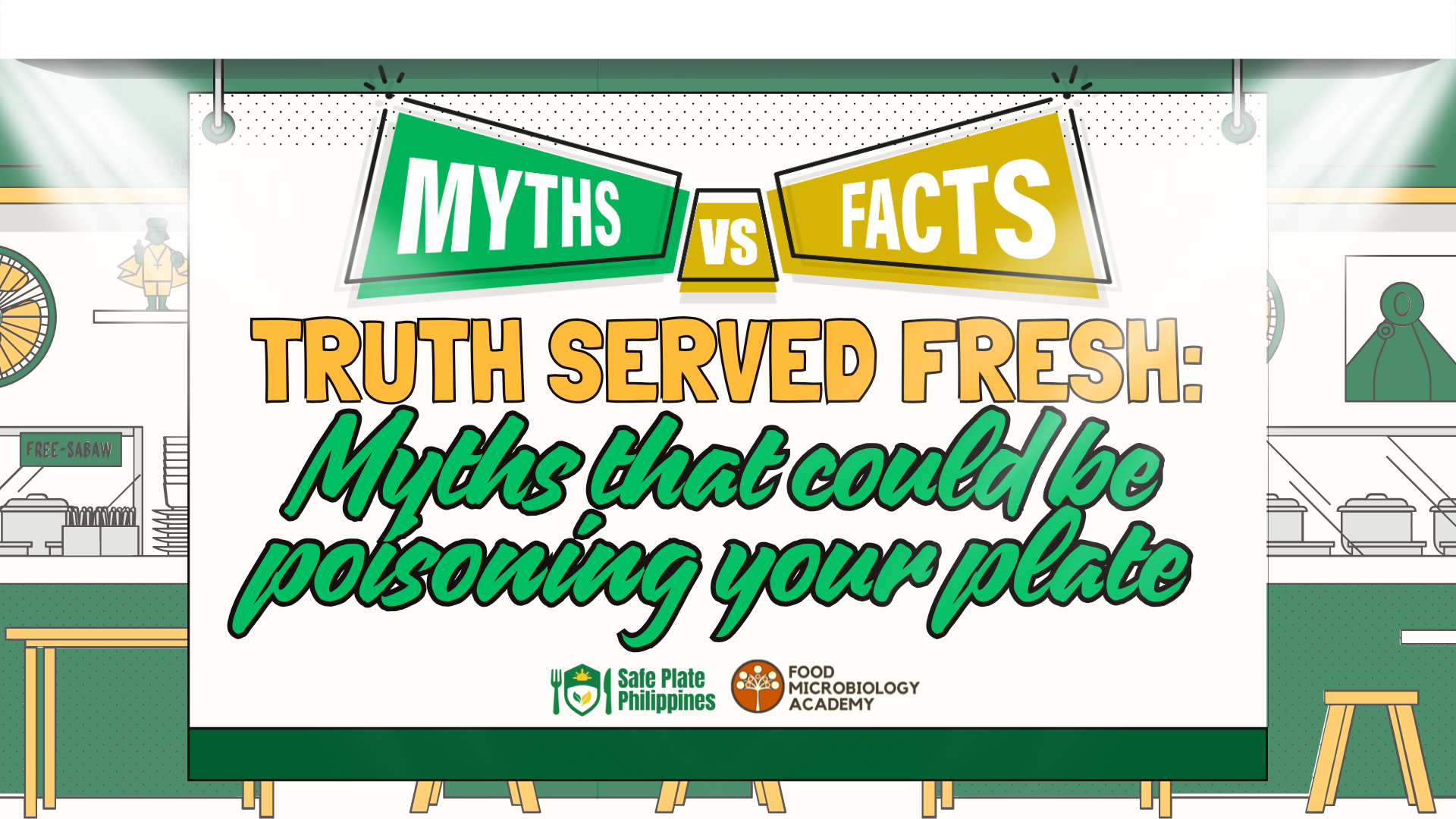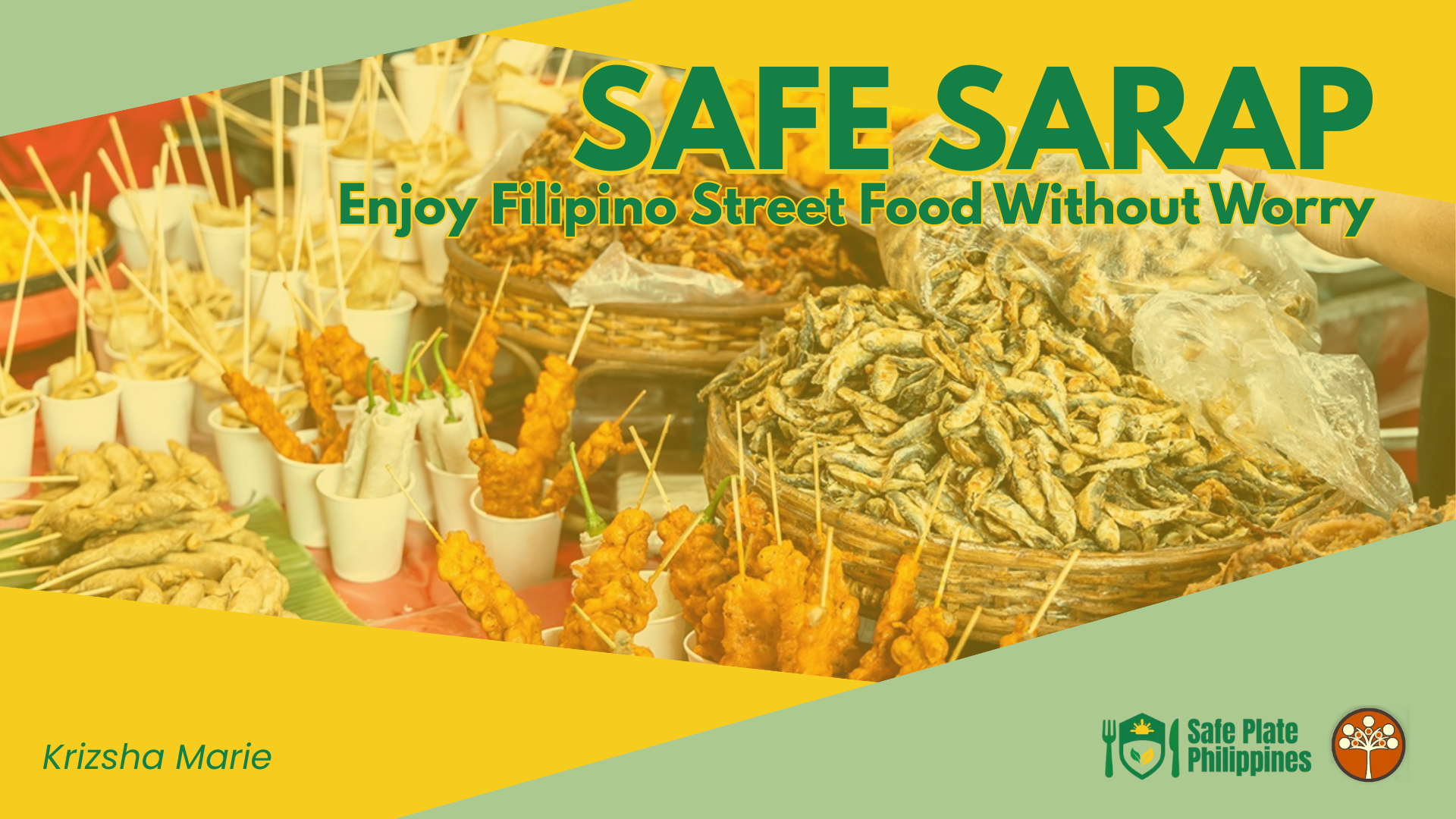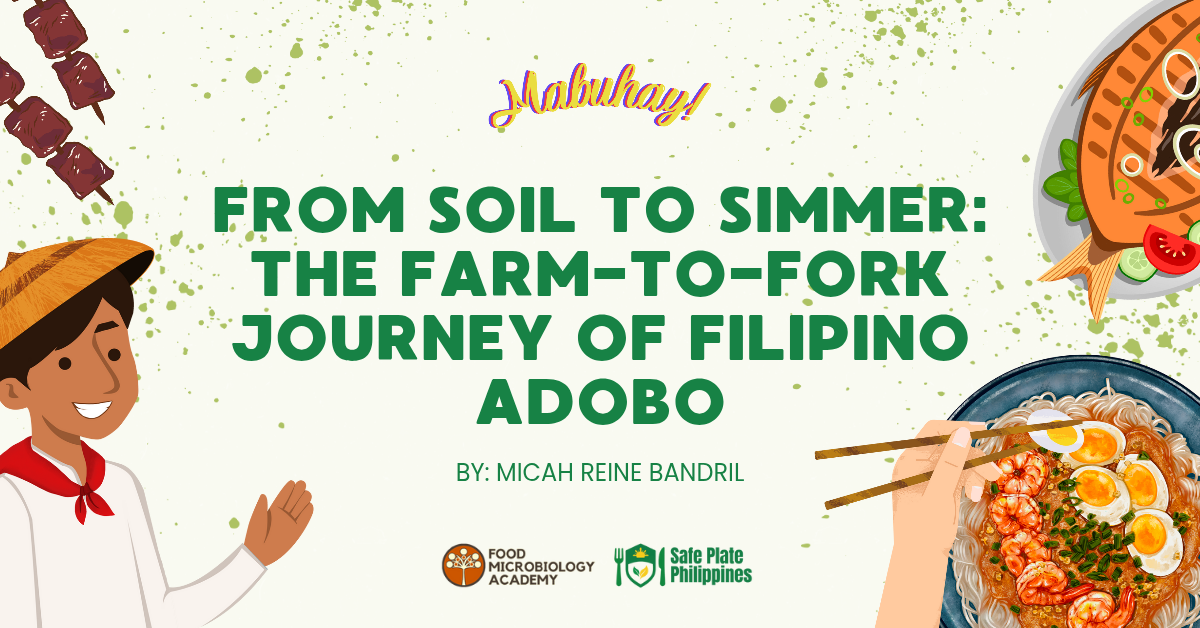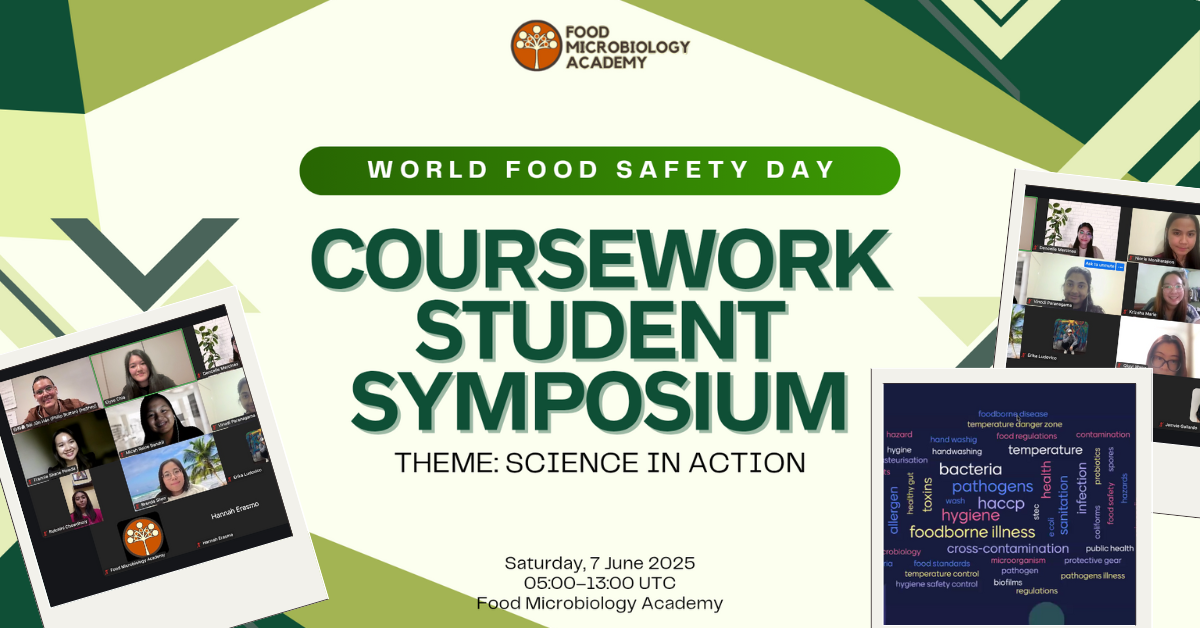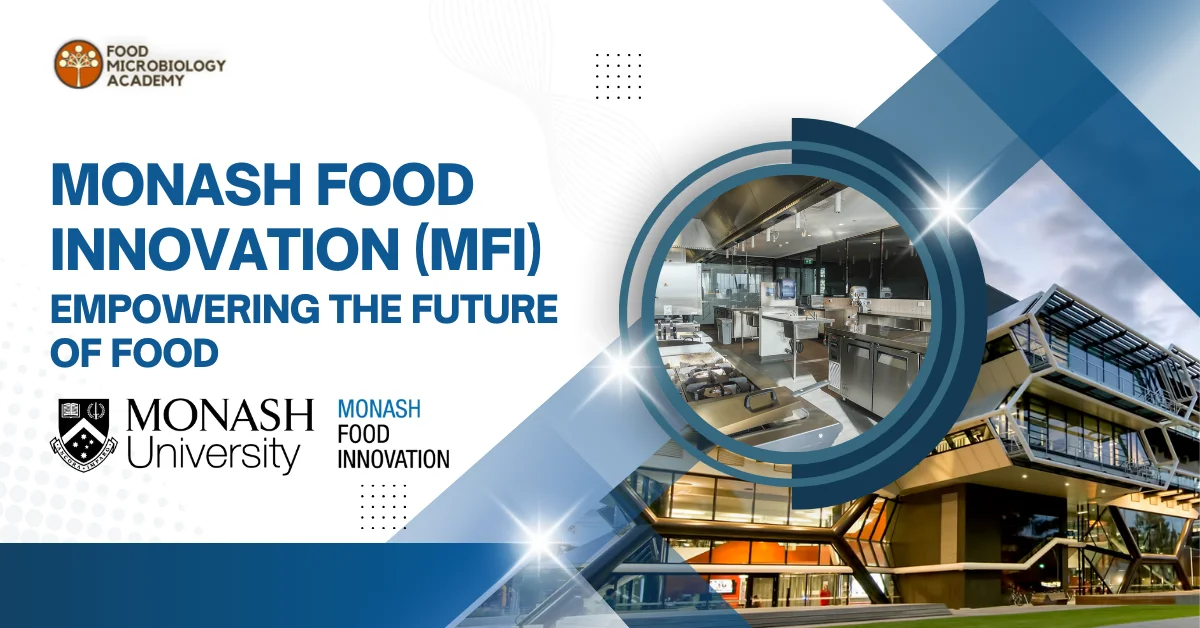Myths vs. Facts: What You Think You Know About Food Safety Might Be Wrong
This blog is written by Frannie Shane Pineda under the theme “Myths vs Facts” and as part of the #SafePlatePH digital advocacy campaign promoting practical, science-based food safety for Filipino homes. Misinformation Is the Real Contaminant When it comes to food safety, the danger doesn’t just lie in bacteria, viruses, or parasites, it lies in the false confidence we carry when we think we know what’s safe. Whether you’re a food vendor, home cook, or consumer grabbing lunch from a karinderya, chances are you’ve heard and believed at least one of the food safety “rules” that simply don’t hold up under scientific scrutiny. In this blog, we’re busting four common food safety myths by breaking them down with science, logic, and a bit of Filipino context. Buckle up because some of these might surprise you. MYTH 1: “If it smells and looks okay, it’s safe to eat.” FACT: Many dangerous pathogens don’t change a food’s smell, taste, or appearance. Microorganisms like Salmonella, Listeria monocytogenes, and E. coli O157:H7 can grow on food without producing any noticeable signs (CDC, 2023). Unlike spoilage bacteria that cause souring or slime, these pathogens are stealthy and invisible to the senses. Scientific Insight: Pathogens can multiply rapidly in food kept in the “danger zone” (between 5°C and 60°C), according to the World Health Organization’s Five Keys to Safer Food. Even food that smells and looks normal can harbor millions of bacteria. Local Relevance: In Filipino households or eateries, food is often reused based on smell alone. But relying solely on sensory cues is risky, especially without refrigeration, something emphasized in the DOH’s Food Safety Guidelines (2017). MYTH 2: “You only need to wash your hands if they look dirty.” FACT: Hands may look clean but still harbor harmful microorganisms. Microbes are microscopic, you can’t see them, but they can still make someone sick (CDC Hand Hygiene Factsheet). Why It Matters: Poor hand hygiene is one of the leading causes of foodborne illness outbreaks worldwide (WHO, 2006). Pathogens like Norovirus and Staphylococcus aureus are commonly spread via unwashed hands. Scientific Backing: A University of the Philippines–Manila Public Health study (2018) found that a significant number of street food vendors had high microbial loads on hands, including coliforms and Staphylococcus aureus, even when their hands looked clean. Best Practice: The CDC recommends washing with soap and water for at least 20 seconds before preparing or eating food, after using the bathroom, or after touching high-contact surfaces like money. MYTH 3: “A little cross-contamination won’t hurt.” FACT: Cross-contamination can lead to serious illness, even in small amounts. Cross-contamination is a major contributor to foodborne disease. According to the USDA and CDC, even trace amounts of raw poultry juice on a cutting board can transfer Salmonella or Campylobacter to ready-to-eat food. The Science: Campylobacter jejuni has an infectious dose as low as 500 bacterial cells, while E. coli O157:H7 can cause illness with fewer than 100 cells (CDC, 2023). Common Mistakes: Mixing raw and cooked food utensils is flagged as a top risk factor in WHO’s “Five Keys to Safer Food”. Real Talk: In busy Filipino eateries (e.g., karinderyas), utensils are often reused quickly, without proper sanitization. A 2019 DOH sanitation survey in wet markets found that 40% of vendors shared knives between raw and cooked foods. MYTH 4: “Reheating kills all bacteria, so leftovers are always safe.” FACT: Reheating might kill bacteria, but it won’t destroy their toxins. Pathogens like Bacillus cereus and Staphylococcus aureus can produce heat-resistant toxins that survive even after reheating, according to research published in the Journal of Food Protection (2005). Science Behind the Heat: Bacillus cereus is often implicated in “fried rice syndrome”, where improperly stored rice or pasta left at room temperature allows spores to germinate and produce emetic toxins (FDA Bad Bug Book, 2012). Warning Signs: The Philippine DOH warns against leaving leftovers unrefrigerated for over two hours, especially in the country’s hot, humid climate. Best Practices: The USDA and WHO recommend reheating food to 74°C, but remind us that toxins (not just bacteria) must also be considered—refrigeration and proper storage are key. Practical Takeaways: How to Stay Safe and Smart Now that we’ve busted some persistent myths, here’s how to keep yourself, your family, or your customers safe: Food Safety Isn’t Just a Rulebook, it’s a Mindset It’s easy to fall into the trap of old habits and myths. But in a country where foodborne illness often goes unreported, we must keep spreading science-based awareness, especially in our homes, schools, and community food stalls. Every hand washed, every utensil cleaned, every myth corrected, it all adds up to a safer Philippines. References & Resources: World Health Organization (2006). Five Keys to Safer Food Manual CDC (2023). Food Safety and Hand Hygiene Resources Department of Health – Philippines (2017). Food Safety Manual FDA (2012). Bad Bug Book: Foodborne Pathogenic Microorganisms and Natural Toxins Handbook Journal of Food Protection (2005). Staphylococcal enterotoxins and Bacillus cereus toxins in food safety UP Manila Public Health Study (2018). Assessment of Hand Hygiene Practices of Street Vendors USDA and FDA (2020). Reheating Guidelines and Food Storage Safety

